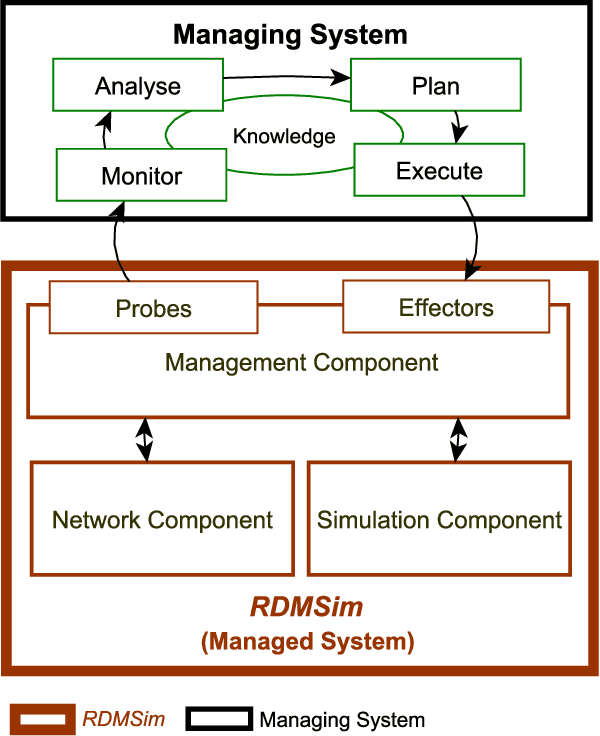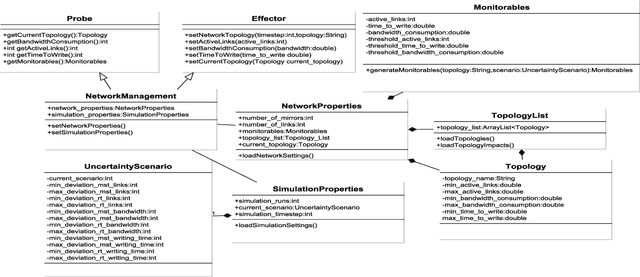Erik M. Fredericks
Grand Valley State University, Michigan, USA
Crafting Generative Art through Genetic Improvement: Managing Creative Outputs in Diverse Fitness Landscapes
Jul 29, 2024Abstract:Generative art is a rules-driven approach to creating artistic outputs in various mediums. For example, a fluid simulation can govern the flow of colored pixels across a digital display or a rectangle placement algorithm can yield a Mondrian-style painting. Previously, we investigated how genetic improvement, a sub-field of genetic programming, can automatically create and optimize generative art drawing programs. One challenge of applying genetic improvement to generative art is defining fitness functions and their interaction in a many-objective evolutionary algorithm such as Lexicase selection. Here, we assess the impact of each fitness function in terms of the their individual effects on generated images, characteristics of generated programs, and impact of bloat on this specific domain. Furthermore, we have added an additional fitness function that uses a classifier for mimicking a human's assessment as to whether an output is considered as "art." This classifier is trained on a dataset of input images resembling the glitch art aesthetic that we aim to create. Our experimental results show that with few fitness functions, individual generative techniques sweep across populations. Moreover, we found that compositions tended to be driven by one technique with our current fitness functions. Lastly, we show that our classifier is best suited for filtering out noisy images, ideally leading towards more outputs relevant to user preference.
RDMSim: An Exemplar for Evaluation and Comparison of Decision-Making Techniques for Self-Adaptation
May 05, 2021



Abstract:Decision-making for self-adaptation approaches need to address different challenges, including the quantification of the uncertainty of events that cannot be foreseen in advance and their effects, and dealing with conflicting objectives that inherently involve multi-objective decision making (e.g., avoiding costs vs. providing reliable service). To enable researchers to evaluate and compare decision-making techniques for self-adaptation, we present the RDMSim exemplar. RDMSim enables researchers to evaluate and compare techniques for decision-making under environmental uncertainty that support self-adaptation. The focus of the exemplar is on the domain problem related to Remote Data Mirroring, which gives opportunity to face the challenges described above. RDMSim provides probe and effector components for easy integration with external adaptation managers, which are associated with decision-making techniques and based on the MAPE-K loop. Specifically, the paper presents (i) RDMSim, a simulator for real-world experimentation, (ii) a set of realistic simulation scenarios that can be used for experimentation and comparison purposes, (iii) data for the sake of comparison.
 Add to Chrome
Add to Chrome Add to Firefox
Add to Firefox Add to Edge
Add to Edge